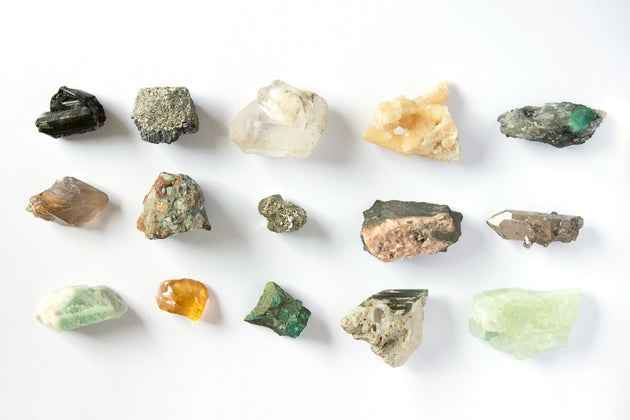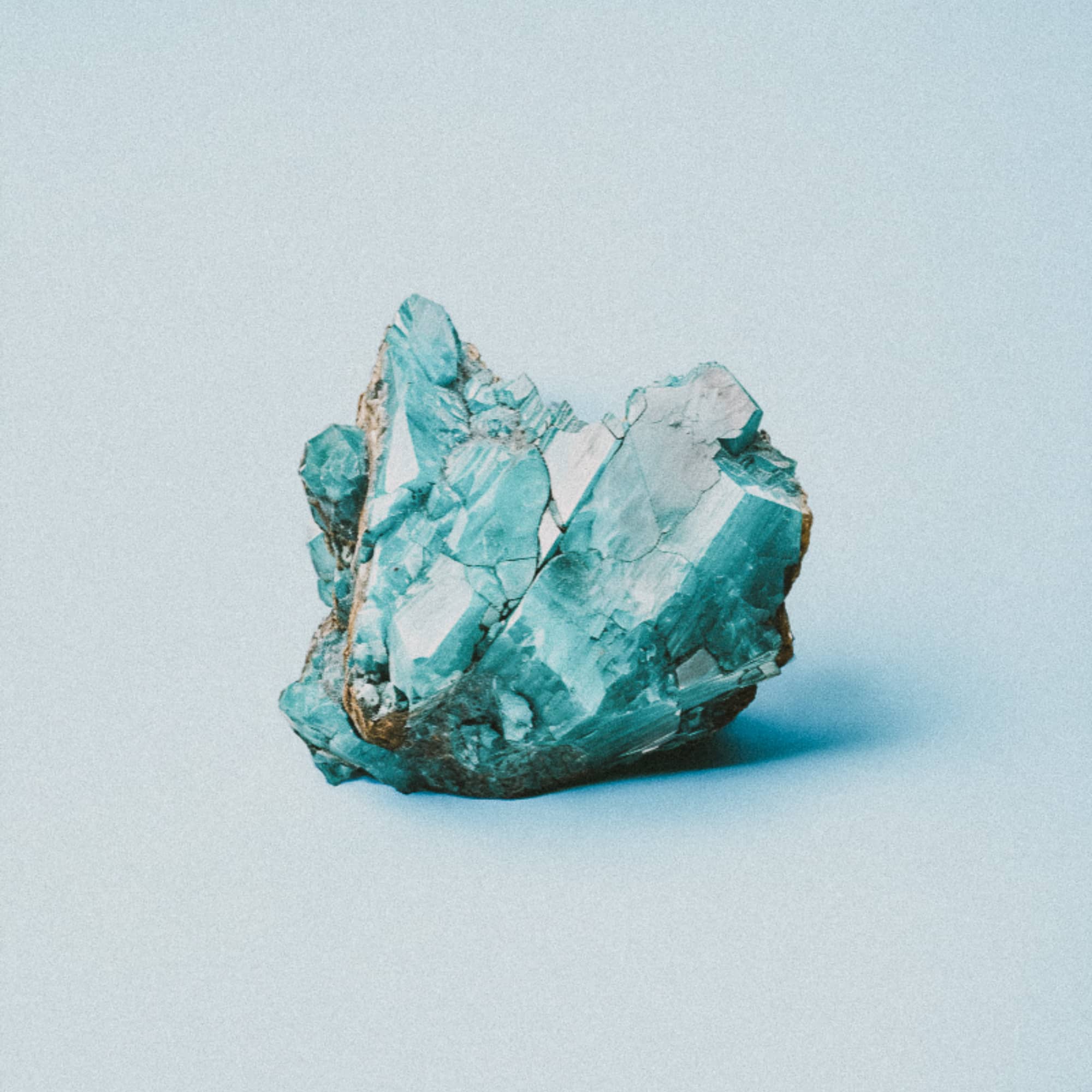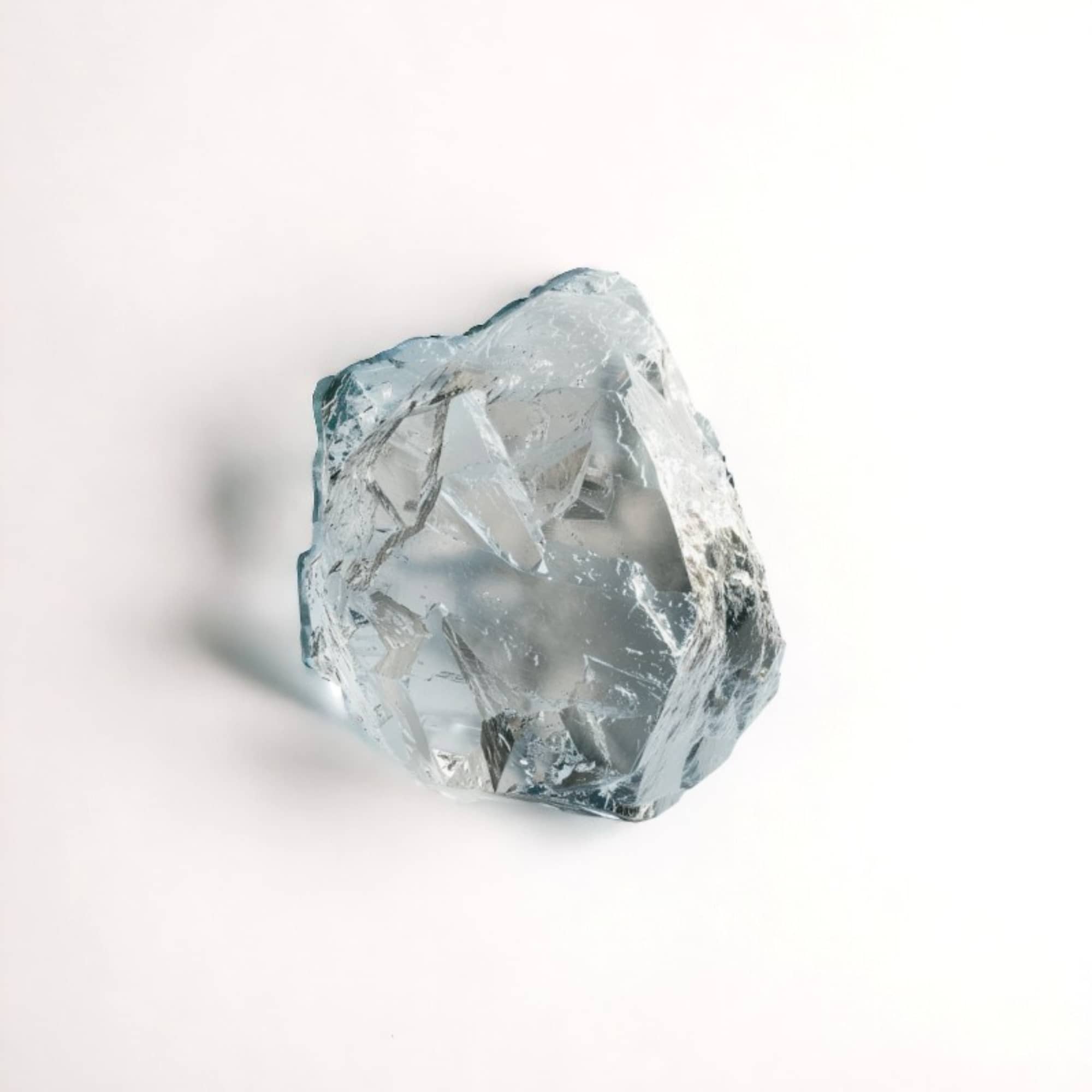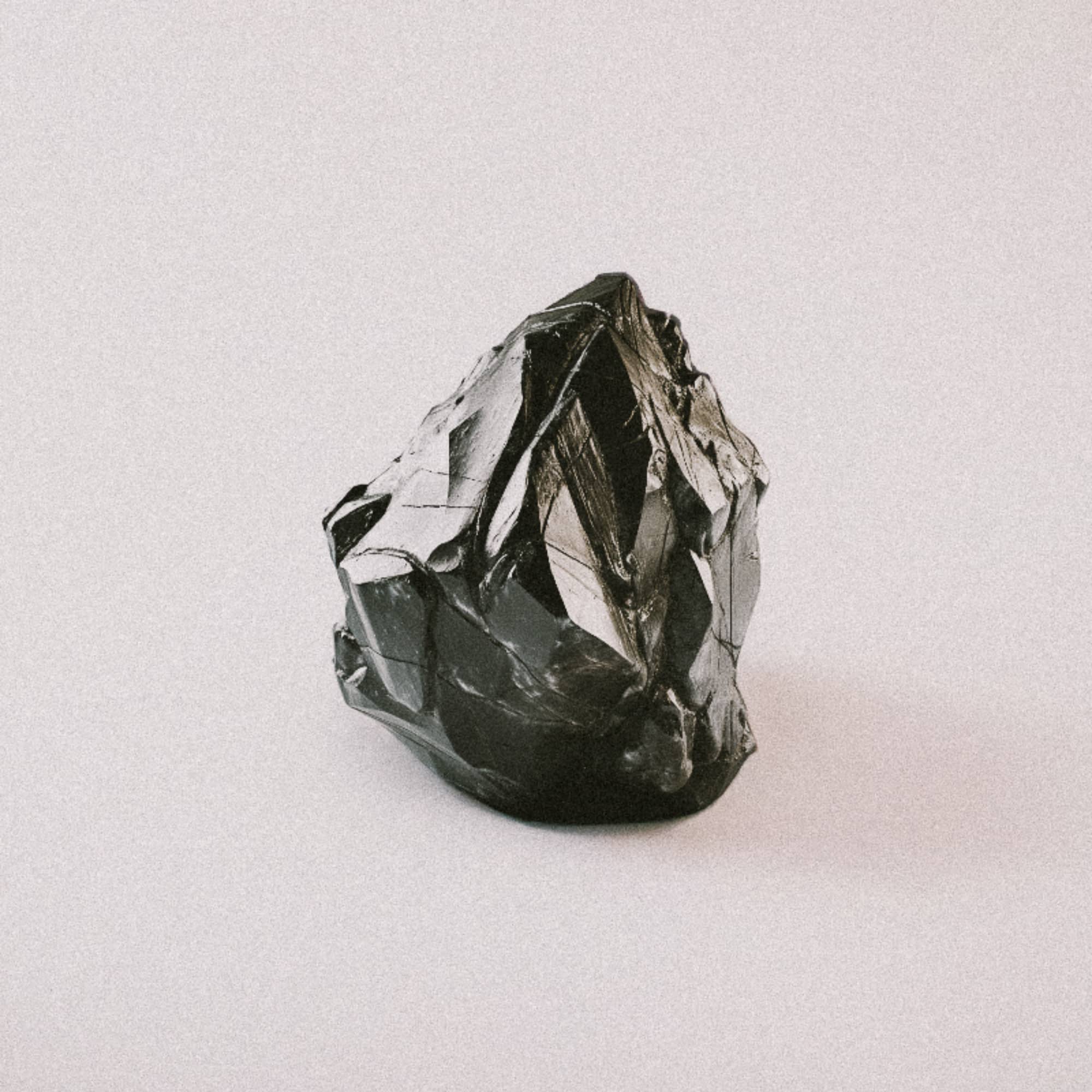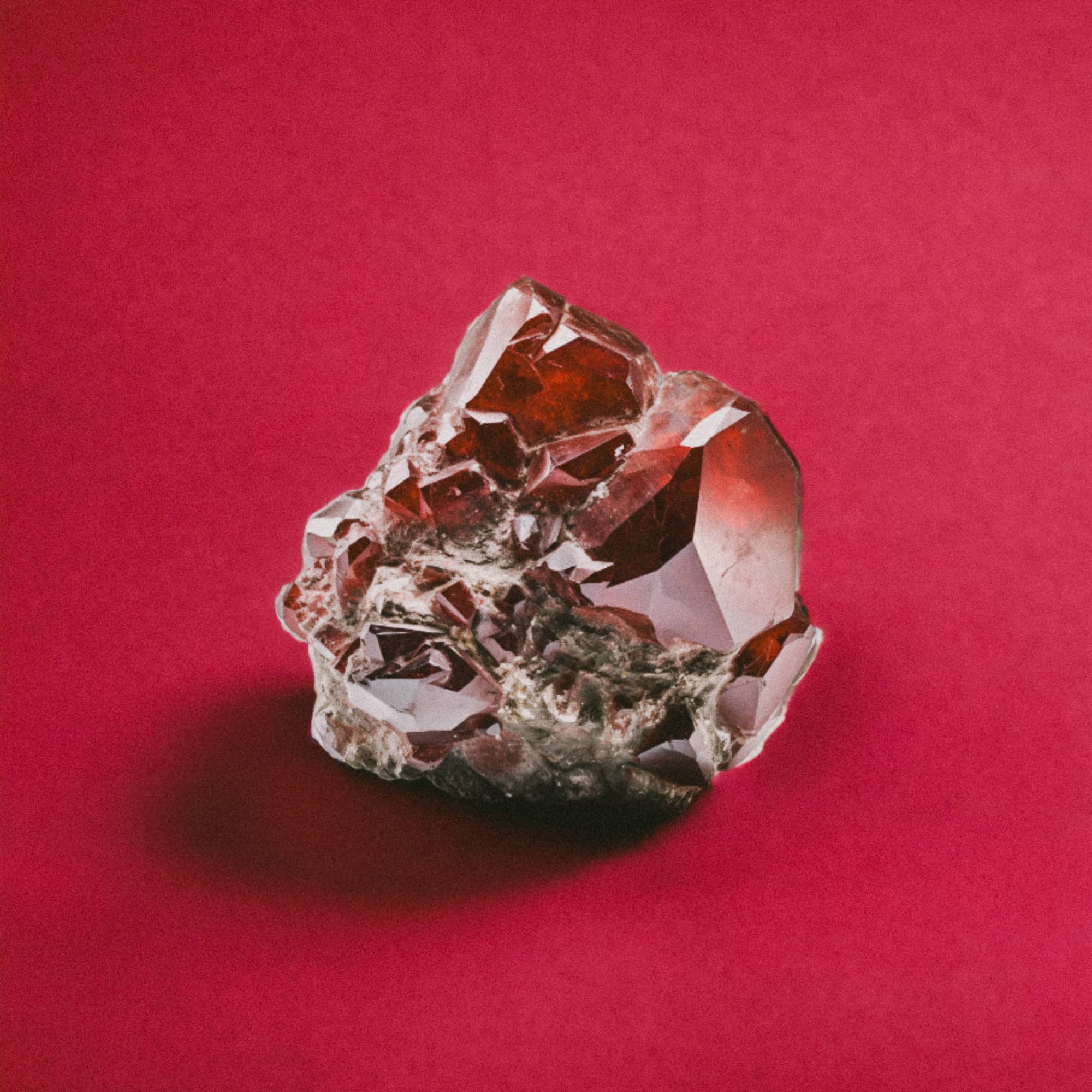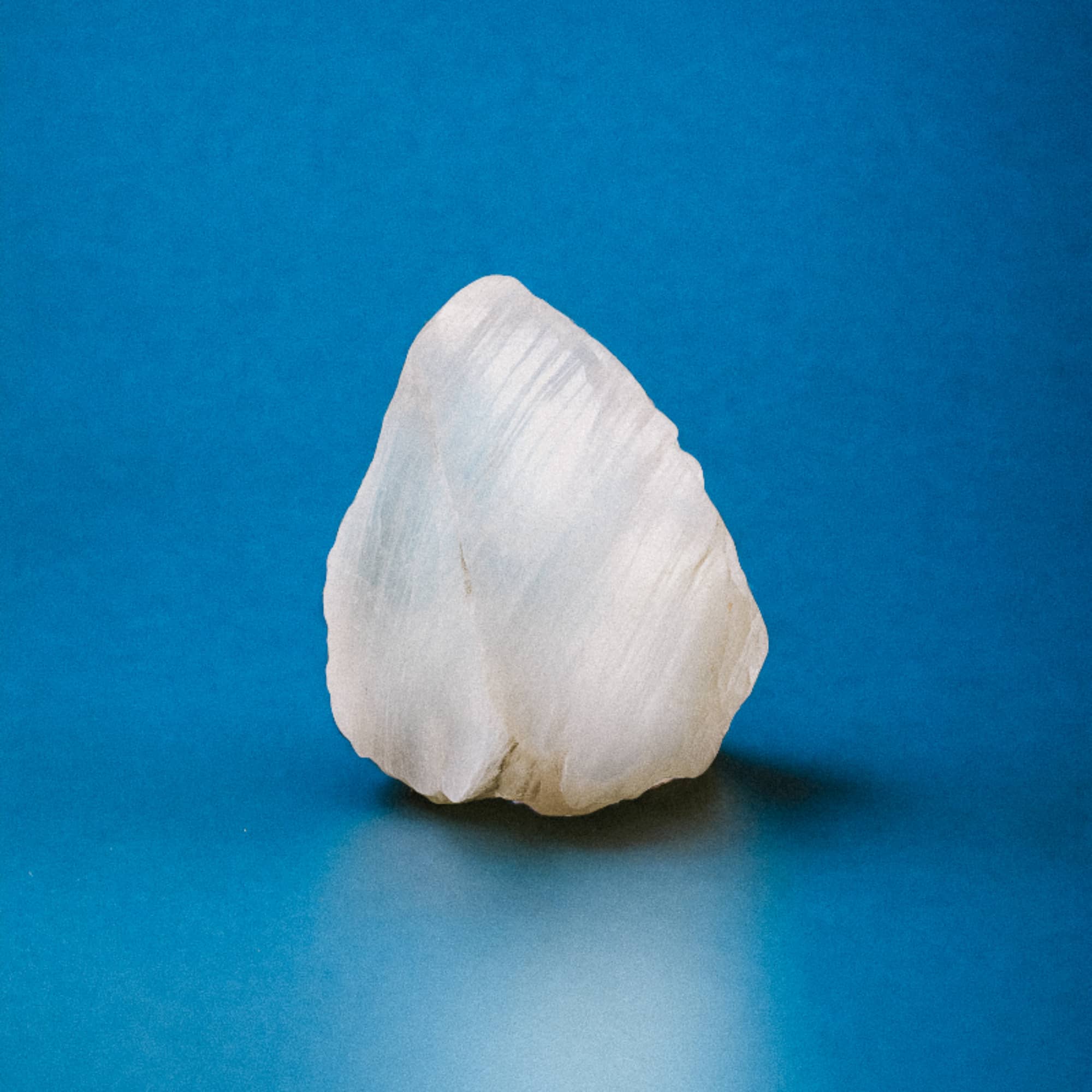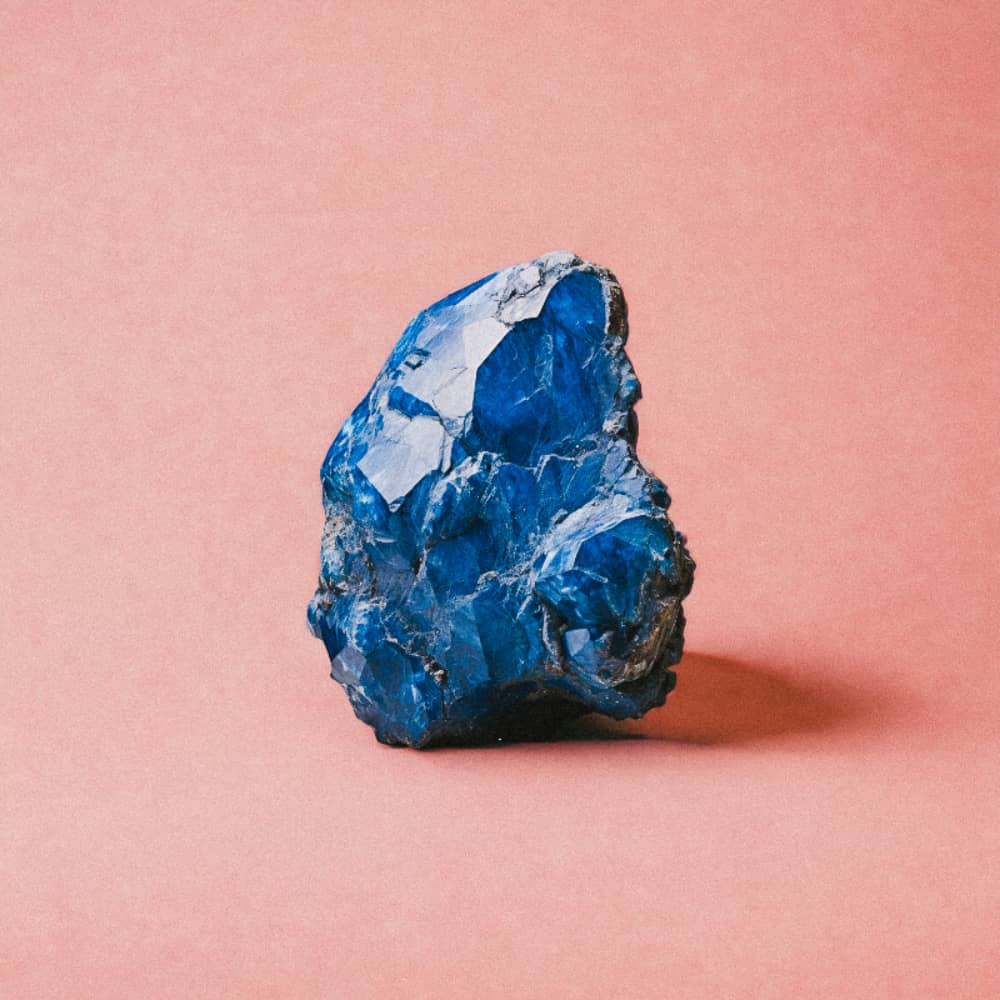History & Origins
Turquoise, with its characteristic hue ranging from sky-blue to water-green, is one of the oldest gemstones known to mankind, embodying the wealth and mystery of the civilizations that have cherished it. Its history is woven into the very fabric of cultures the world over, revealing its importance and veneration across the millennia.
Antiquity
The use of turquoise dates back over 5,000 years. The ancient Egyptians mined the gem in the Sinai Peninsula, using it to adorn jewelry, amulets and even funerary masks, firmly believing in its protective properties and link to the afterlife. Turquoise was also discovered in royal tombs, indicating its association with power and immortality.
In ancient Mesopotamia, turquoise was incorporated into artifacts and jewelry, symbolizing status and wealth. It played a significant role in religious beliefs and burial practices, often associated with major deities.
Pre-Columbian Americas
Long before the arrival of Europeans, the indigenous peoples of the Americas valued turquoise not only for its beauty but also for its spiritual power. The Aztecs, in particular, used it in ceremonial masks, weapons and jewelry, regarding it as sacred and capable of communicating with the spiritual world.
In the American Southwest, the Anasazi and Hohokam cultures mined and traded turquoise, using the stone in ceremonies to attract rain and promote land fertility.
Cultural and commercial influence
Over the centuries, turquoise has continued to play a vital cultural and commercial role, crossing continents and civilizations. Its trade helped establish trade routes between producing regions and distant markets, fostering cultural and economic exchange.
Turquoise has maintained its place of honor in many cultures, symbolizing wisdom, tranquility and protection. It is particularly prized in Native American traditions, where it continues to be used in art, jewelry and ritual, embodying the harmony between earth and sky.
Turquoise's long history and varied origins testify to its universal appeal and profound meaning throughout the ages. Its unique color, often associated with sky and water, recalls the importance of nature and the cosmos in human life, making turquoise a stone of inestimable richness, both materially and spiritually.

Origin
Turquoise is a fascinating gemstone with deposits scattered around the world, each offering unique variations that enrich its palette of colors and patterns. Provenance plays a crucial role in characterizing turquoise, influencing both its value and its aesthetic properties.
Main deposits
Iran (Persia): Historically considered the cradle of turquoise of the highest quality, Iran produces turquoise renowned for its deep, veinless sky-blue color. The Nishapur mines, in particular, have been famous for centuries.
Southwestern USA
Arizona, New Mexico and Nevada are home to major turquoise deposits, each producing stones with distinctive characteristics. American turquoise is often marked by a matrix of veins, giving it a unique and highly sought-after appearance.
Mexico
Mexican deposits also produce quality turquoise, with variations from blue to green and an often visible matrix that can vary in color from gold to brown.
China
China is another major producer of turquoise, offering a wide range of colors, from near-green turquoise to lighter blues. Chinese stones often feature a complex matrix and are prized for their distinctive beauty.
Influence of Provenance on Turquoise
Provenance influences not only the color and appearance of turquoise, but also its cultural meaning and market value. For example, Persian turquoise is often considered the gold standard because of its pure color and rich history, while turquoise from the American Southwest is celebrated for its uniqueness and connection to Native American cultures.
Sustainability and conservation
The sustainability of turquoise deposits has become a growing concern, with responsible mining practices and conservation of natural sites essential to preserving this precious resource for future generations. The provenance of turquoise can also reflect efforts to ensure ethical and sustainable exploitation of the stone.
Turquoise, with its shades of blue and green and rich cultural history, is a global treasure whose provenance adds to the depth of its allure and appeal. Whether it's the intense blue hues of Persian turquoise or the distinctive patterns of turquoise from the American Southwest, each stone tells a unique story, making provenance a key element in the appreciation of this ancient and revered gem.
Features
Turquoise, prized for its captivating hues and presence in cultures around the world, possesses unique characteristics that set it apart among gemstones. These attributes not only define its appearance, but also influence its use in jewelry and its importance in various cultural and spiritual practices.
Color
Turquoise's most outstanding characteristic is its color, which can vary from sky-blue to emerald green. The presence of copper in the stone's chemical composition gives it its distinct blue hue, while traces of iron can give turquoise a greener hue. Color saturation and intensity are strongly influenced by the stone's provenance, with some regions producing particularly vivid blue or green stones.
Matrix
The matrix, or veins, is another distinctive feature of turquoise. These are inclusions of other minerals or of the host rock, which may appear as vein patterns or spots. Matrix is not just seen as an imperfection; in many cases, it adds to the stone's unique beauty and individual character. Matrix patterns vary greatly and can be black, brown or even gold, contributing to the uniqueness of each stone.
Hardness
On the Mohs scale, turquoise has a relatively low hardness, between 5 and 6. This means it is more likely to be scratched or damaged than harder stones. This characteristic requires special care when wearing, cleaning and storing turquoise jewelry to preserve its beauty.
Porosity
Turquoise is a porous stone, which means it can absorb liquids or oils, potentially altering its color and brilliance. This porosity has led to the practice of treating turquoise, notably by stabilization, to improve its durability and prevent color change.
Meaning
Beyond its physical characteristics, turquoise is loaded with meaning and symbolism. It is often associated with protection, healing and spiritual communication. Many cultures believe that turquoise brings good luck, ward off the evil eye and promotes clear communication.
Turquoise's unique characteristics, from its alluring color to its expressive matrix, make it a popular choice for jewelry and objets d'art. Its rich history and cultural meaning add an extra layer of meaning to each piece. Although relatively soft and porous, with proper care, turquoise can last for generations, continuing to captivate and charm with its natural beauty and positive energy.
Benefits & Properties
Turquoise, a gemstone revered for its ethereal beauty and celestial color, is also recognized for its many benefits and properties. Beyond its aesthetic appeal, this ancient gemstone offers a range of benefits for body, mind and soul, rooted in centuries of spiritual and cultural traditions.
Healing properties
-
Physical healing
Traditionally, turquoise is renowned for its healing properties, including promoting tissue regeneration and supporting the immune system. It is also said to aid detoxification, helping to purify the blood and eliminate toxins from the body.
01 -
Emotional balance
Turquoise is considered a soothing stone, offering comfort and well-being. It is often used to relieve stress, anxiety and depression, helping to establish a sense of serenity and inner tranquility.
02
Spiritual and metaphysical properties
-
Protection and purification
This stone is traditionally worn as a protective talisman against negative energies and malevolent external influences. It is believed to create a protective field around its wearer, purifying the aura and warding off the evil eye.
01 -
Communication and Expression
Associated with the throat chakra, turquoise is believed to facilitate clear, open communication. It stimulates creative and honest expression, whether in speech, writing or art.
02 -
Wisdom and Mental Clarity
Turquoise is also valued for its ability to enhance intuition and heighten spiritual awareness. It is said to aid decision-making by providing mental clarity and wisdom, particularly in complicated or confusing situations.
03
Strengthening Ties
Turquoise is often used to strengthen bonds of friendship and love, believing that it brings peace and understanding to relationships. Its positive energy is believed to encourage harmonious interactions and support mutual understanding.
With benefits and properties covering a broad spectrum, from physical and emotional healing to spiritual protection and consciousness-raising, turquoise presents itself as a multifaceted gemstone. Its rich heritage and deep ties to the earth make it a gem endowed with significant energy and symbolism, valued not only for its visual appeal but also for its potential to enrich the lives of those who wear it or use it in their spiritual practice.
Care
To preserve turquoise's natural splendor and maintain its energetic benefits, proper care is essential. Due to its porosity and sensitivity to certain substances, turquoise requires special care to ensure its longevity and brilliance.
Cleaning turquoise
The best way to clean turquoise is to use a soft, dry cloth to gently remove dust and impurities. If more thorough cleaning is required, use lukewarm water with a little mild soap and a soft cloth, taking care not to submerge the stone in water. After cleaning, be sure to dry the turquoise completely with a soft cloth to avoid any moisture build-up that could damage the stone.
Precautions
Turquoise can be altered by exposure to chemicals, including perfumes, creams and cleaning solutions. Put your turquoise jewelry on last to minimize contact with these substances.
Being relatively soft, turquoise can be easily scratched. Store it separately from other jewelry, preferably in a cloth bag or lined jewelry box, to avoid direct contact.
Energetic recharging
Although turquoise can benefit from sunlight for energetic recharging, exposure must be brief to avoid discoloration. Moonlight is a gentle alternative for recharging the stone without risk of damage.
To reconnect turquoise to its earthly origins and revitalize its energy, consider placing it gently in the soil of a plant or in the ground, outdoors, for a few hours.
Purification with sage or palo santo smoke can also cleanse turquoise of accumulated negative energies, preparing it for a new cycle of use.
The care of turquoise, while requiring some attention to detail, is essential to preserving its beauty and beneficial properties. By adopting gentle cleaning practices, taking precautions to avoid damage and employing natural recharging methods, you can ensure that your turquoise remains vibrant and energetically powerful. Cherishing and caring for this gemstone will enable you to enjoy its benefits for years to come, making it not only an aesthetic treasure but also a valuable spiritual companion.
Turquoise, with its celestial hues and rich cultural history, is much more than just a gem. It embodies a profound connection between heaven and earth, offering protection, healing and wisdom to those who wear it. Across civilizations and ages, this gemstone has been revered for its haunting beauty and metaphysical properties, playing a central role in many spiritual traditions and healing rituals.
By caring for turquoise through proper maintenance and respecting its specific cleansing and recharging needs, we not only preserve its visual splendor. We also honor its spiritual heritage and strengthen our energetic bond with this ancient stone. Turquoise reminds us to stay grounded, while aspiring to explore the vast heavens of our existence.
Whether worn as jewelry, used in meditation, or simply kept as a talisman, turquoise continues to shine as a symbol of immortality, courage and true friendship. Its timeless appeal lies in its ability to cross cultural and temporal boundaries, enriching the lives of those it touches with its unique light and color.
In this way, turquoise remains a treasure of the Earth, a gift of beauty and power that, cared for with love and respect, can offer its benefits across generations. Its presence in our lives is a constant reminder of the beauty of the natural world and of our own capacity to heal, protect and thrive in harmony.


